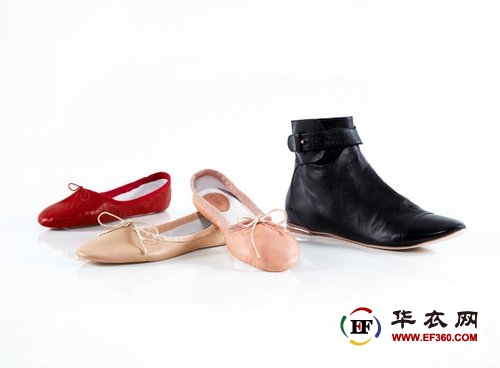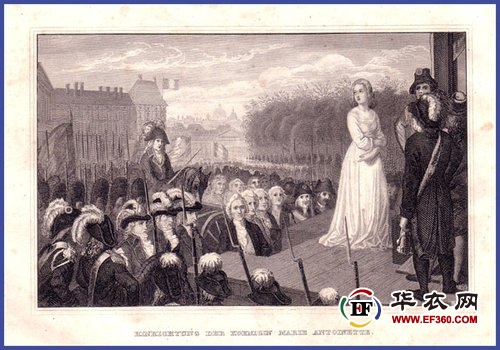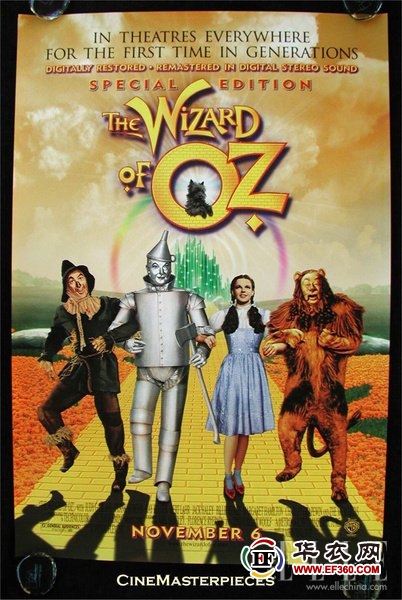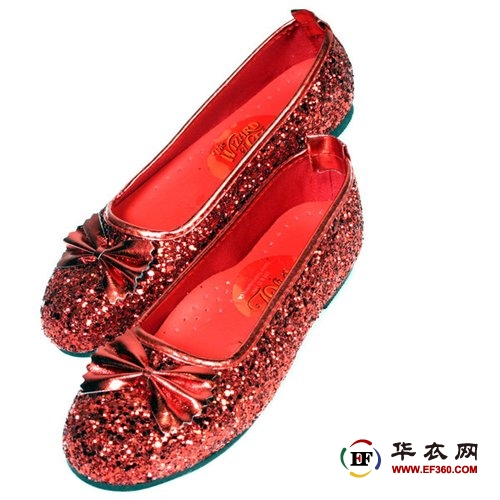Perhaps high-heeled shoes are the most sexy weapon for women. It occupies most of the time, and is constantly moving toward exaggeration and sharpness. At the same time, however, flat shoes that once faded out of the fashion arena are also recovering strongly in another way.

Compared to high-heeled shoes that only appeared in the 16th century, flat shoes have a much longer history
If high-heeled shoes represent the respect women want from society and men, then flat shoes are more like the attitude of women towards their own lives. They belong to those truly powerful women who are more willing to release their nature and live for themselves. . After all, compared to high-heeled shoes that only appeared in the 16th century, flat shoes have a much longer history. It was born in the earliest days when humans invented shoes. Putting on flat shoes is just as natural as humans' standing bodies.

Flat shoes were the only choice before 1533
From the 12th to the 13th century BC, the clay shoes that appeared in Azerbaijan were probably the earliest shoes we knew. It was undoubtedly a pair of simple flat shoes. The early invention of flat shoes by humans who walked in barefoot was an inevitable result. In addition to protecting damaged feet, flat shoes maintained barefoot mechanics to the greatest extent. This is undoubtedly the most natural and natural state of human beings. . In fact, until the sixteenth century, flat shoes were the only choice for men and women. Egyptian noble women are passionate about papyrus sneakers and embellished with various shiny jewels. Another important branch of flat shoes came from ancient Greece. Roman sandals made of tough leather were a must for all Europeans at the time.

St Crispin, the patron saint of cobblers, was born in the 3rd century AD and people worshipped him on October 25 every year.
In Europe before the sixteenth century, civilians' shoes were ordered to be no more than six inches (15.24 centimeters), Cavalier shoes were 18 inches (45.72 centimeters) long, and the barons who were above Baron could be ridiculously dressed The 24-inch (60.96 cm) boots - think of them wearing such shoes and running around with the bus.

In the 18th-19th centuries, the flat shoes returned again
Another rise in flat shoes was attributed to a fashion icon, our "IT Girl", the wife of King Louis XVI of France, and the famous Queen Mary (Marie-Antoinette). As early as when the French Revolution broke out in 1789, high-heeled shoes had been regarded as a symbol of power, a form of vulgar display. Our proud Queen Mary has pushed the disgust of high-heeled shoes to the height of dramatic drama. In 1793, Marie-Antoinette was brought to the guillotine by her revolutionary high-heeled shoes. This “fashion moment†made high-heeled shoes become completely The synonymous with decadent feudalism led directly to the unprecedented loss of high-heeled shoes. The flat shoes once again made a comeback and won the championship for the next 100 years.
In the 19th century, the popularity of flat shoes became more successful because the industrial revolution at that time required women to devote themselves to a wide range of social work in addition to men. Flat slippers, sandals and boots became the best choice for workers. Flat shoes have returned to the mainstream in the name of pragmatism because they conform to the nature of human labor and action. The next popular high heels was in the late 19th century, but this time, it became exclusive to women. Because of their comfort and practicality, men chose the flat shoes camp.
Although flat shoes developed in the history of mankind for more than ten centuries, it was not until 1830 that the first pair of shoes that distinguished the right and left feet was created in Philadelphia, USA. Before that, shoes were not divided. In the period when the industrial revolution completely changed human production and life, the popularity of flat shoes was inevitable. It was indeed the most ergonomic shoe, and now in the United States, people spend at least annually in order to improve the various foot problems caused by high-heeled shoes. 2 billion U.S. dollars.

After the 20th century, flat shoes became synonymous with elegance
In the 20th century, society became more diversified. Women did not have to choose one of them from the heels and flats as the sole criterion for the entire era, but they could take both into consideration. However, it must be admitted that it is easier to reflect the unique shape and design concept. The high heels are even more dazzling on the fashion stage.

Until 1939, Hollywood classic movie "The Wizard of Oz" turned out, to show people that flat shoes can also have a soul-eating fashion charm. The simple, shiny, and jeweled "Ruby Shoes" worn by Judy Garland's heroine Dorothy became the ultimate dream of every young girl. It is also like a classic ballerina shoe in the future. Prototype. In 1949, an American company, Capezio, created a dance suit and produced the first pair of ballerinas, women's heeled shoes with a ribbon on the ankles. Soon, Audrey Hepburn was dressed in the movie "Funny Girl." It was followed by Brigitte Bardot and other important contemporary actresses. The first pair of flat shoes in history that really became famous in the fashion world was born. Of course, for most of the next period (especially in the 21st century), flat shoes are still not as eye-catching as high-heeled shoes, but in retrospect fashion history, there has always been no shortage of fashion idols that flattered their shoes. As we mentioned in the preface, flat shoes are more like the attitude of women towards their own lives, a strong and firm self-identity. Therefore, although flat shoes rarely appear on the T stage, it is still essential for every girl's fashion. A pair of classic flat shoes (either ballet or round-bottomed jelly shoes), it's comfortable to wear in your bedroom at any time, it's easy to walk and run, it's chic enough when you enter the city, and it often makes you Feeling that you are pleasing yourself more than please men, this is why we still love flat shoes in this era.

Dorothy’s fascinating ruby ​​shoes in “The Wizard of Oz†were originally silver in the novel. Later they changed because the director thought that red looked more eye-catching in the early movie. Thank God, this is definitely a genius decision.